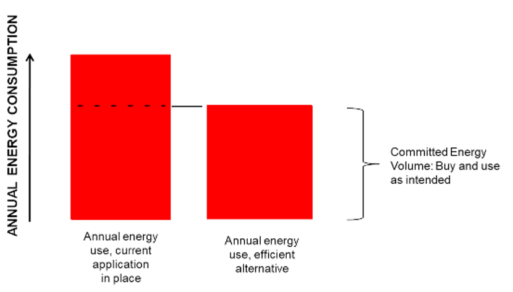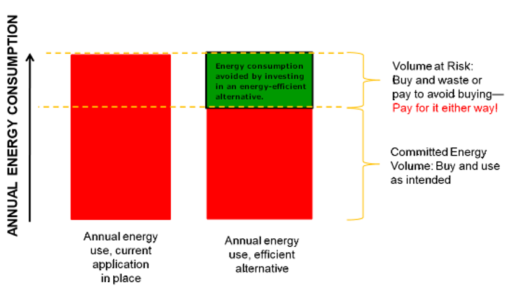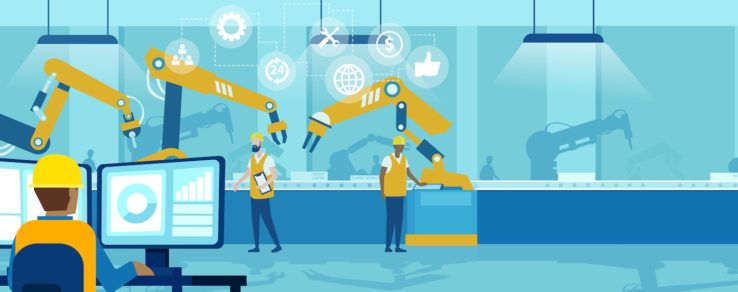Time is money, as they say. Even time spent doing nothing can add up. The time spent procrastinating on a project instead of focusing to get it done? That adds up to a late assignment and possibly an upset manager.
In the energy utility industry, consider the time customers spend contemplating the purchase of energy efficient products and the money wasted on inefficient items. Everything has a cost. Read on to learn about the cost of doing nothing and how you can help your utility’s business customers improve their bottom line with energy efficiency investments.
Customers lose money by not making energy efficiency investments
Putting off an investment in energy efficiency introduces two types of risk: price volatility and lost opportunity. Prices generally rise over time — energy costs increase when supply tightens and demand escalates. The price of HVAC equipment, lighting systems, motors, drives, boilers and unit heaters fluctuate with the season and increase over time. In addition, labor costs almost never decrease. An energy efficiency investment two years from now may cost a lot more than an investment would today.
More so, federal, state and utility incentive programs may not be available two years from now. Possibly, tax credits may not be renewed by a new administration or the credits themselves may be phased out. In general, the loss of programs or opportunities for incentives and tax credits may disappear in the near future, which will make the investment cost grow exponentially. In the long run, business customers will lose money by doing nothing.
Take a look at the graph below. Consider the annual energy use of a current appliance compared to a more energy efficient alternative. Whether business customers do nothing or make an investment in the alternative, they are still committed to use the lower level of energy (illustrated on the right).

If your customers do nothing, they will continue to consume the extra amount of energy above the energy efficiency investment result (shown by the green bar below). Whether or not customers make an investment in energy efficiency, they are still either paying for the wasted energy or paying for the investment in efficiency.

Help customers save with your incentives and programs
As you can see, there is a cost for doing nothing — which ultimately leads to higher overall payments for your business customers. That’s why it’s important for your energy utility to continue promoting the importance of energy efficient products.
Your energy utility needs to showcase itself as a trusted source of information for customers who are looking to make big-ticket item decisions. Connect business customers to your marketplace and promote your energy efficiency incentives and programs. Also, let customers know you are there to support them on their efficiency journey. In the long run, your energy utility will build lasting relationships with your customers, while also helping them to increase energy efficiency and reduce costs.

